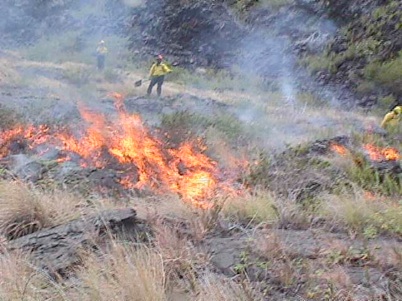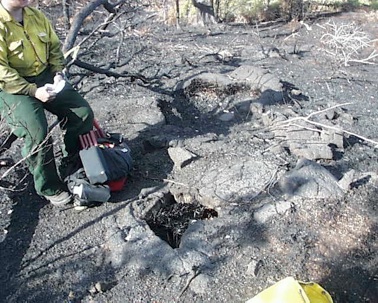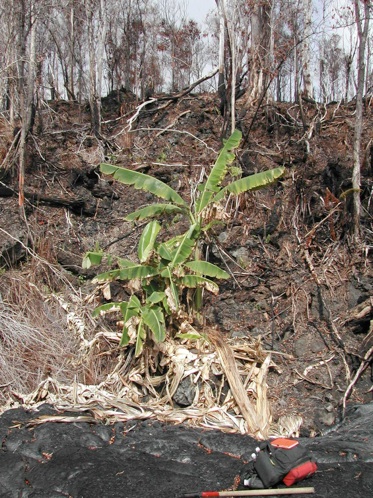Fire Archaeology






In order to work on an active fireline you must first be a qualified wildland fire fighter or also called “redcarded”. To do this you have to take a week long class that is called by various names of Basic 32, Fire Guard school, S-190 & S-130. You also have to take the “pack test”. The class and pack test are provided yearly by all the major national land agencies.
Only after you are a firefighter can you go on an active fire or on a BAER team as an archaeologist.


































Updated January 3, 2009

Constructed with much sweat by Linn Gassaway.
Remember conditions are not static, so NOT making a decision is a decision.
Be safe No archaeological site is worth a life.
This page is still under construction so please check back for additional information.
Website last updated October 26, 2011

